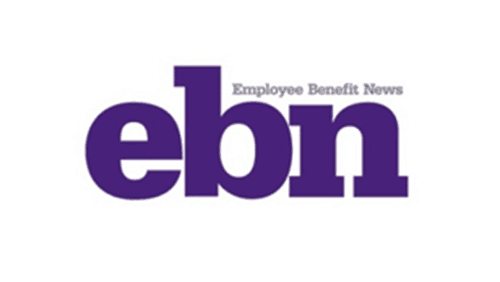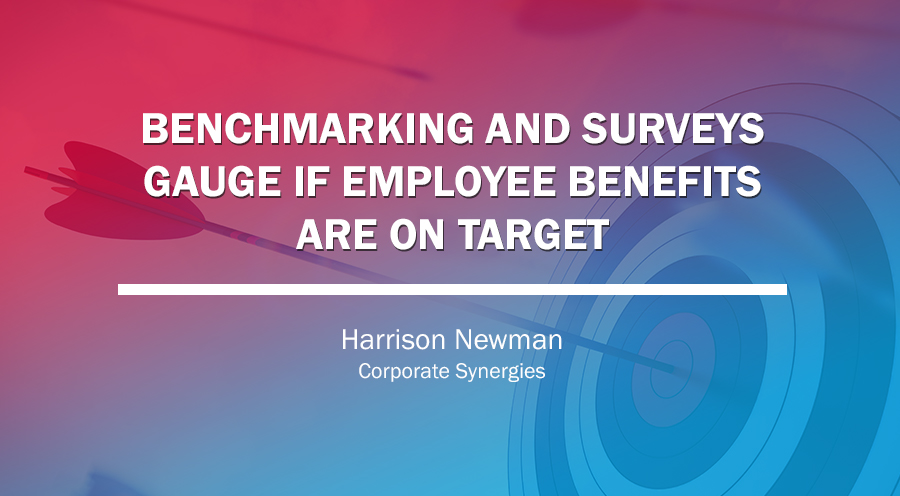
With unemployment at a 50-year low, health and welfare benefits have become a big differentiator for employers, which means they need to be competitive to attract and retain employees.1 What are competitive employee benefits? Ask 100 employers and you’ll get 100 answers. Benchmarking and surveys provide solid answers.
It’s no longer affordable to offer “Cadillac” plans with low employee contributions. How do employers offer attractive yet affordable benefits that will draw potential employees in? They turn to benchmarking and employee surveys to build and validate benefit plans.
“High cost” has become so synonymous with “healthcare benefits” it’s hard to separate one from the other. As health and welfare benefits become more costly, they also become more complicated to manage. Add today’s shift to the need for competitive programs and the whole thing begins to look like a slog through quicksand.
Here’s the thing: the employer must strike a balance between what employees want and what they’ll use. That means zeroing in on what they find valuable. While it may be tempting to follow benefit trends by offering pet insurance or creating in-office perks like beer and pizza, research suggests that most employees value more traditional coverages and perks. What gets them in the door (and keeps them engaged) is likely going to be paid leave, flexible/remote work options and professional development.2
What do your employees want? What are peer employers offering in your industry? Enter benchmarking and employee surveys as two of the sharpest arrows in your plan design quiver.
Here’s how to determine if your employee benefits are desirable:
Benchmarking tells you what you’re competing against.
While certain employee benefits are more popular in some industries than others, it’s vital to know who you’re competing against to attract and retain employees. For example, non-profit organizations historically provide modest employee salaries but rich health and welfare benefits. While that benefits model may work for most of your workforce, it’s important not to overlook other industry standards. A large non-profit hiring employees for its IT department is not only competing against other non-profits for talent, they’re competing against tech-industry talent, which may put more of a focus on salary and bonuses than rich benefits.
Benchmarking and surveys can help validate your employee benefits.
The best way to identify who you’re competing against and what types of health and welfare benefits they’re offering is to undertake a benchmarking study. Benchmarking your benefits package can provide insight into what your competition offers across industries, regions and company size so you can ensure your plan design stands up against the competition. Benchmarking studies yield details like:
- Medical plan type
- Employee premium cost
- Employee premium contribution
- Medical copay
- Prescription drug copay
- Office visit copay
- Emergency room copay
- Voluntary benefits offerings
- Salary ranges
- Paid sick leave
Armed with that data, you can decide where you should aim your focus and whether you’re offering a competitive employee benefits package.
On to the next step: to truly understand that what is offered is actually valuable, ask your employees.
Surveys tell you what employees value.
The best way to understand what your employees value is to ask them. Employee surveys can reveal which benefits your employees love, which ones they don’t like and where you can make improvements.
When developing an employee benefits survey, pay close attention to how questions are written in order to elicit the best responses from employees. It might make sense to reach out to a survey organization to ensure it’s done right. Benefit brokers often have experience with surveys, too.
When the survey is complete, put together a communications plan so you can get the highest number of responses about what your employees love and what needs improvement. It’s a best practice to survey employees every plan year to stay on top of changes across the workforce. (Just don’t conduct your survey at open enrollment time).
It’s an inexpensive undertaking that could lead to serious cost savings from changes to the plan and increased employee retention. So basically, a survey is worth the time and effort.
Benchmarking and surveys are important components of a health and welfare benefits strategy. These tools can put you on a more direct path to a plan design with options that are right for your culture and workforce.
1 CNN, “Unemployment Rate Matches Lowest Point In Half a Century”
2 Employee Benefit News, “The 15 Most Popular Employee Perks”





